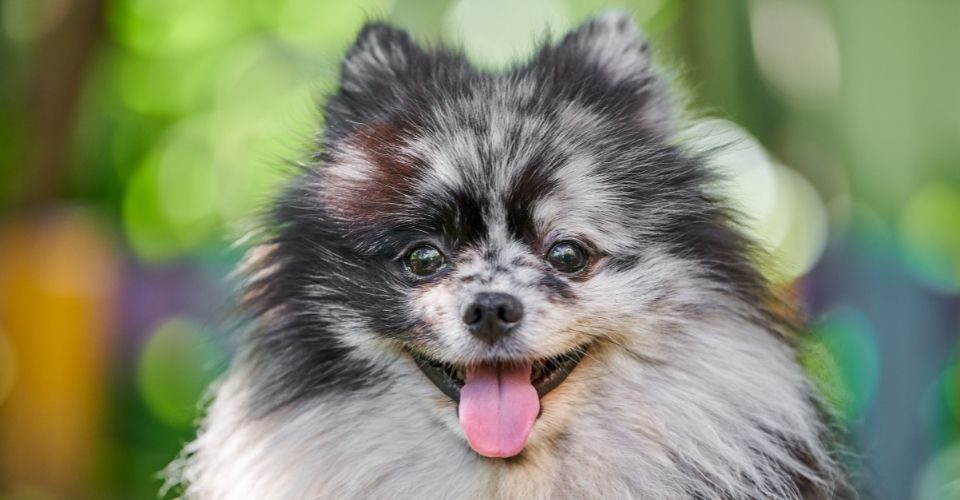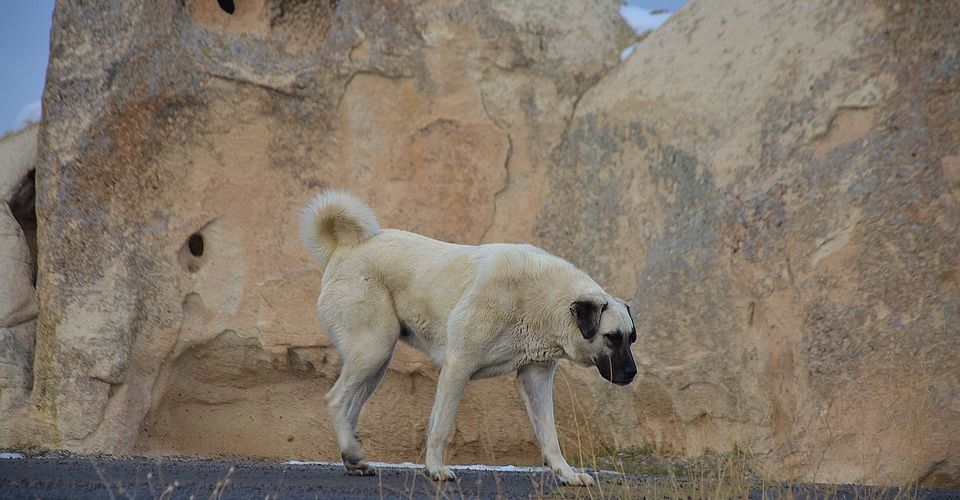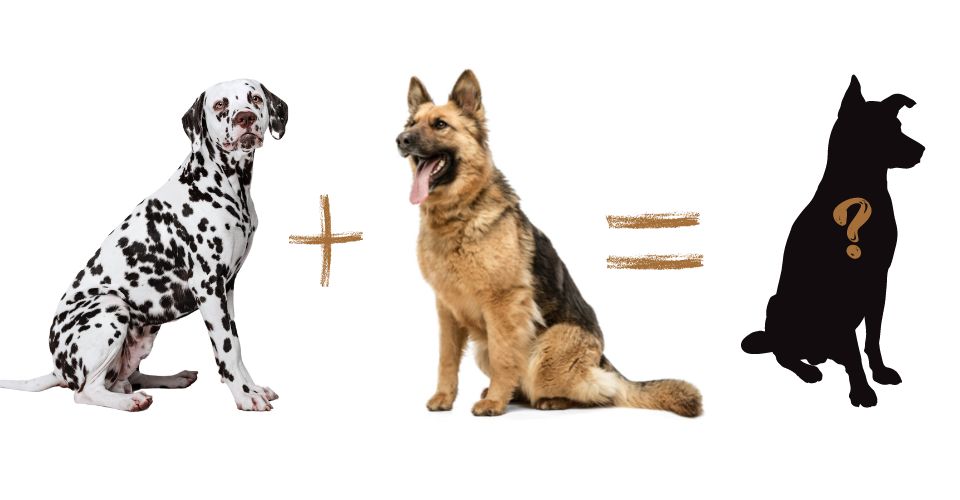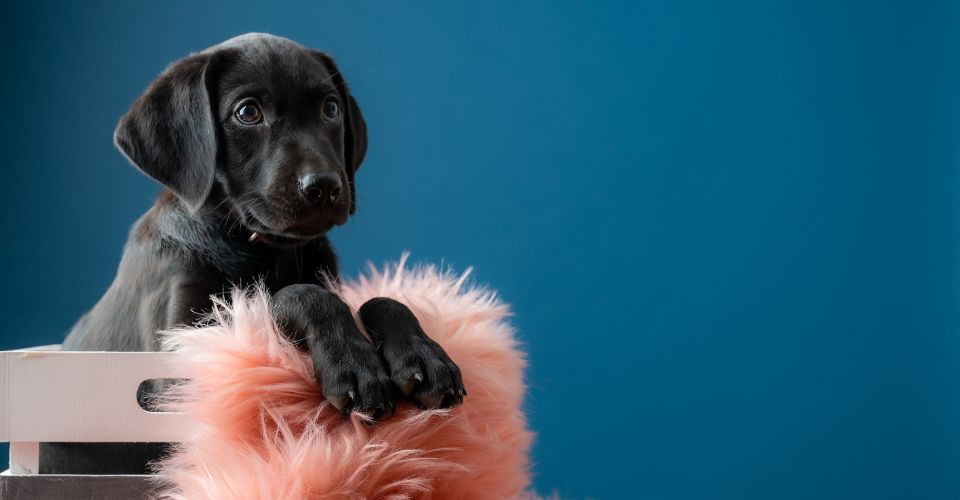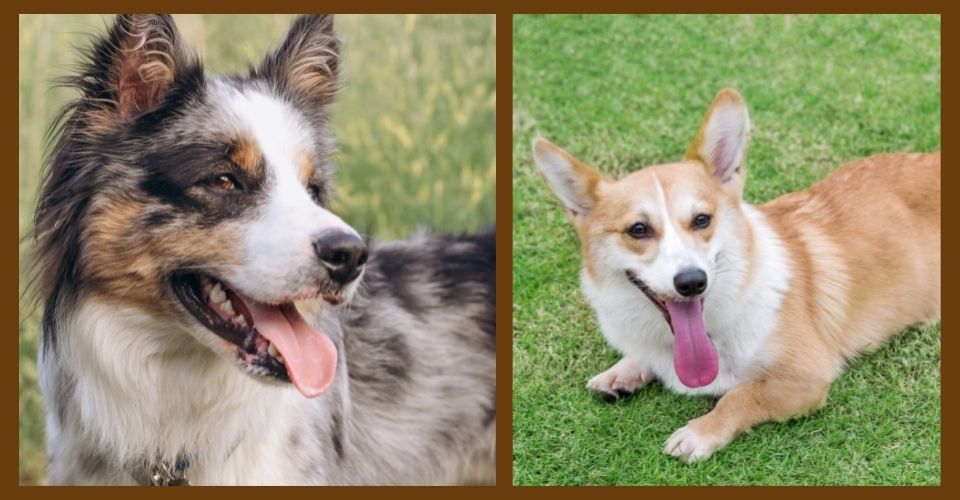The world of dogs is, literally speaking, a world of colors. They come in diverse colors and in various combinations. One such group having a combination of different colors is those of calico dogs. Dogs whose coats are exquisitely patterned by different colors impeccably mingled and scattered in a variety of eye-catching designs.
However, there is ample confusion related to calico dogs, such as why some dogs are calico? How are they born? Do they have health issues? And so on.
In this article, we have cobbled up information to answer most of these questions.
What Is Meant By ‘Calico’?
First things first, ‘calico’ is not a dog breed. Rather, it’s a color pattern of a dog’s fur. Most people seem to ask about calico dog breeds and mix up the words.
To further elaborate this, think of buying a new tank-top or shorts. What kind of pattern do you like? Gingham, polka dots, stripes, and checkered? Calico is just like one of those patterns. You can’t say I am wearing a calico, but you say I am wearing a calico shirt.
In dogdom, you say ‘calico dog’, not a ‘calico dog breed.’
‘Calico’ means plain white or cream-colored fabric, having patterns in one or more colors. The term ‘calico’ originated from the textile terminologies and was first coined in India.
In the late 1700s, the fabric arrived in America, and the word ‘calico’ was borrowed and used for animals, such as cats, horses, hamsters, and dogs.
What Are Calico Dogs?
A calico dog is a dog whose coat has patches of three or more colors dispersed on their fur in different patterns. Such patterns are because of genetic mutations and thus they can appear in any dog breed.
Mainly calico patterns on dogs consist of various shades of white, and black, and orange colors, with white being the dominant color. Because of this calico dogs are also termed as “tricolor” and “piebald.”
How Does Dog Get Its Colors?
The American Kennel Club categorizes dogs in three types of colors. But before that, you need to know how dog’s fur gets its color.
A dog’s coloring is determined by the two-color pigments responsible for determining all dog colors: Eumelanin and pheomelanin.
Eumelanin
This pigment gives the pure black color in fur; however, the shade of black may vary, depending on the dog’s genes. Thus, the resultant color can range from brown to grey.
Pheomelanin
This pigment is responsible for inducing yellow or gold colors. However, gene mutation can cause variations, giving shades of tan, orange, and cream. Interestingly, in the absence of this pigment, the dog will have white hair.
How Are Calico Dogs Bred?
Calico dogs can get their beautifully designed coat because of two reasons; first, natural or genetic mutations, and second, intentional cross-breeding by breeders.
- Dogs have chiefly two color pigments, so all dogs are supposed to have two colors only. However, as science explains, genetic changes can alter the appearance of your dog. Both dominant and recessive genes of both parents play a substantial role in determining the color of the puppy’s coat.
- The second reason behind dogs having a calico marking is that breeders have intentionally performed the genetic mutations in order to give a variety to dog owners.
The frenzy behind calico-patterned animals rose when the beauty of calico cats stole the hearts of pet lovers. Looking at cats, dog owners wished to have such dogs as well.
Types of Dog’s Color: How Does a Dog’s Fur Get Calico?
Dogs come in a variety of colors. As per the American Kennel Club, the following are the categories in which dog fur colors are divided.
Solid Color
Solid-colored dogs have only one color in different shades and there are no patterns on their fur. For example, Golden Retriever, Maltese, Bichon Frise, Rhodesian Ridgeback.
Parti-Color
The term ‘parti’ is the short form of the word ‘particular.’ Parti-color refers to dogs with particularly colored fur. There will be one primary color, and the rest, large patches of another color; however, these colors are not equally distributed. This occurs when the effect of the piebald gene ‘covering’ in some or all areas offsets the effect of another gene for an underlying coat color—therefore, these dogs are also termed as piebald dogs.
The term “piebald” is also used when referring to a dog with patterned hair made up of two colors, usually black and white, and consisting of exquisitely pigmented spots.
Bicolor
Also known as two-tone dogs, bicolored dogs are those that have two-color fur in such a way that the colors are almost equally distributed. German shepherds, Dachshunds, and Rottweilers are some of the examples of bicolor dogs.
Tricolor
Dogs that have three-colored fur are categorized as tri-colored or calico dogs.
Any breed of dog can be a calico as long as its coat comprises three or more colors. Tricolored dog breeds include Beagles, Border Collies, Australian Cattle Dogs, King Charles Spaniels, and Pembroke Welsh Corgis.
In some cases, dogs having a calico pattern are also termed tri-colored or piebald dogs.
Patterns Similar to Calico Dogs
Some of the typical dog fur patterns are explained below.
i. Merle
The merle pattern is distinguished by its irregularly shaped patches with diluted pigment—other patch markings on the coat are fully pigmented in color.
The Merle pigment dilutes eumelanin (black) pigment. Those dogs that do not produce black pigment do not express merle; however, they can produce merle puppies depending on the genotype of the mate.
ii. Brindled
Brindle is a type of coat pattern that is similar to that of tiger stripes.
Usually, this distinctive pattern takes the form of a lighter base color on which there are darker stripes.
In some cases, this can be the opposite—a dog’s coat will have a darker base color and lighter stripes. Such a coat is termed as a “reverse brindle.”
iii. Ticking
Ticking pattern refers to the flecks or spots of color on white areas caused by the ticking alleles. It can occur on any white area on a dog’s fur, but the dog’s fur should be milky white; else, even if a dog has the ticking allele but doesn’t have any white areas, the ticking will not be apparent.
What Dog Looks Like a Calico?
Here is the list of 5common dog breeds that exhibit calico characteristics are given as below.
i. Entlebucher Mountain Dog
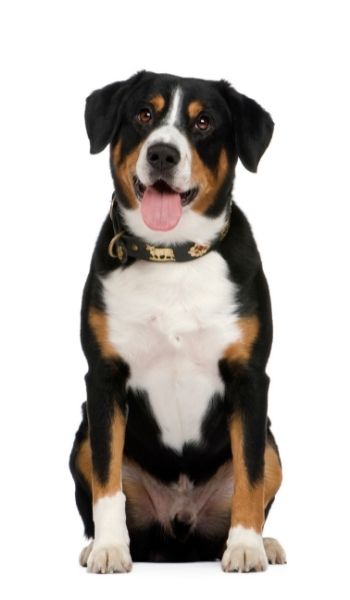
Entlebucher Mountain dogs are medium-sized dogs that have a square muzzle, sturdy body, triangular ears, and small brown eyes. What’s more appealing about these dogs is their sleek single coat with eye-catching calico patterns.
A perfect calico dog to gift someone!
ii. Beagle
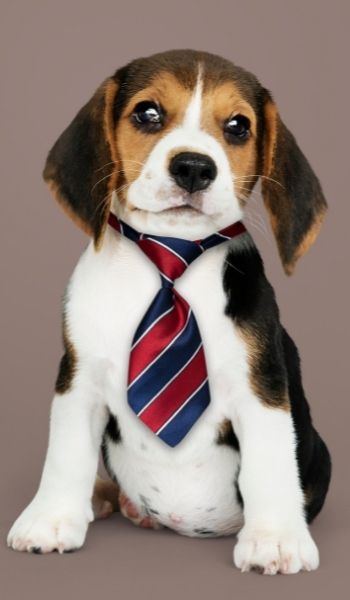
Dark brown or hazel eyes with soft, clownish, and pleading expressions, Beagles are happy, playful, and loving dogs. Their droopy ears and endearing coat having impeccably spread black, white, and tan colors make them one of the most popular dog breeds in the US.
iii. Bernese Mountain Dog
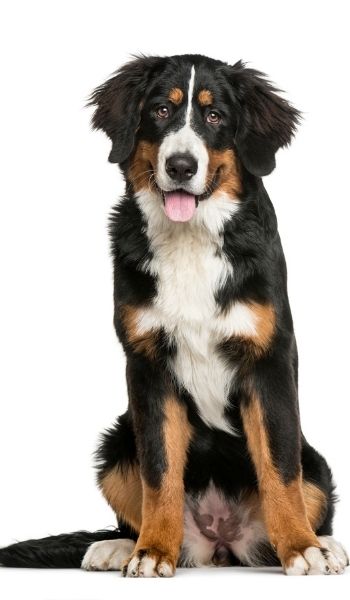
Weighing between 80 to 115 pounds and standing tall between 25 to 27.5 inches, Bernese Mountain dogs stand on the list of top giant dog breeds in the US.
These dogs have a dense double coat that makes them giant fluffy furballs. The color mixture of white, black, and wheat color adds more to their heart-melting beauty.
iv. Papillon
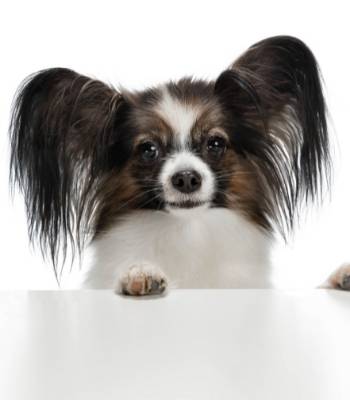
No one can ever deny being attracted to this charming dog with butterfly ears. In fact, their name ‘Papillion is a French word that means ‘butterfly.’
Not only do their unique ears get them all the attention, but their attractive colors and silky hair also supplement their beauty, making them the eye candy of the dog world.
v. Australian Shepherd (Aussies)
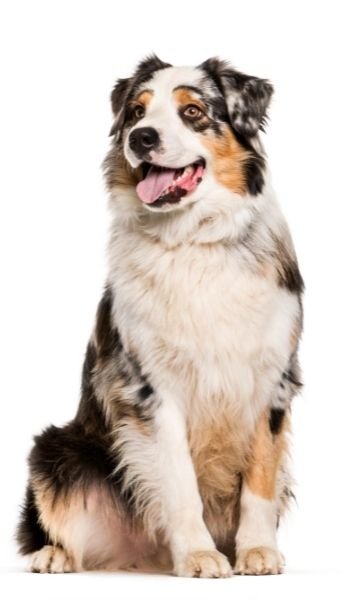
Last but not least on the calico dogs’ list is the Australian Shepherd breed. Nothing can beat their lovesome demeanor, furry looks, colorful coat, and cordial behavior. Aussies are not only good-looking hunks, but they are also great at their job—herding sheep and other cattle.
Why Are Calico Dogs Expensive?
The basic rule here is the rarity. Rarer the dog, expensive the price. As mentioned earlier, calico patterns on a dog only appear when a genetic mutation occurs—which doesn’t happen often. This is the first reason that calico dogs are expensive.
Secondly, it is due to the surge in demand for these dogs, breeders have deployed artificial mutation techniques to develop calico dogs. As these techniques take up a good amount plus there is increase in popularity, breeders sell these dogs at high price.
On average, breeder charge between $1000 to $2000 for calico puppies, whereas, price may increase depending on the age, pedigree, health, etc.
Loved this list? You might also like to read the list of tall dog breeds or a list of the smallest dog breeds.

